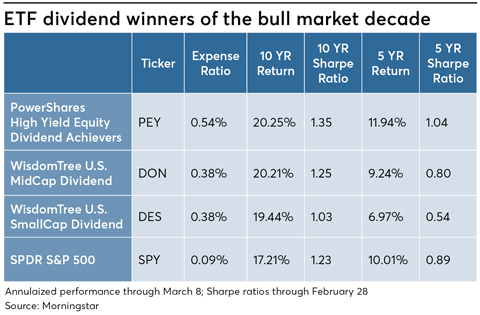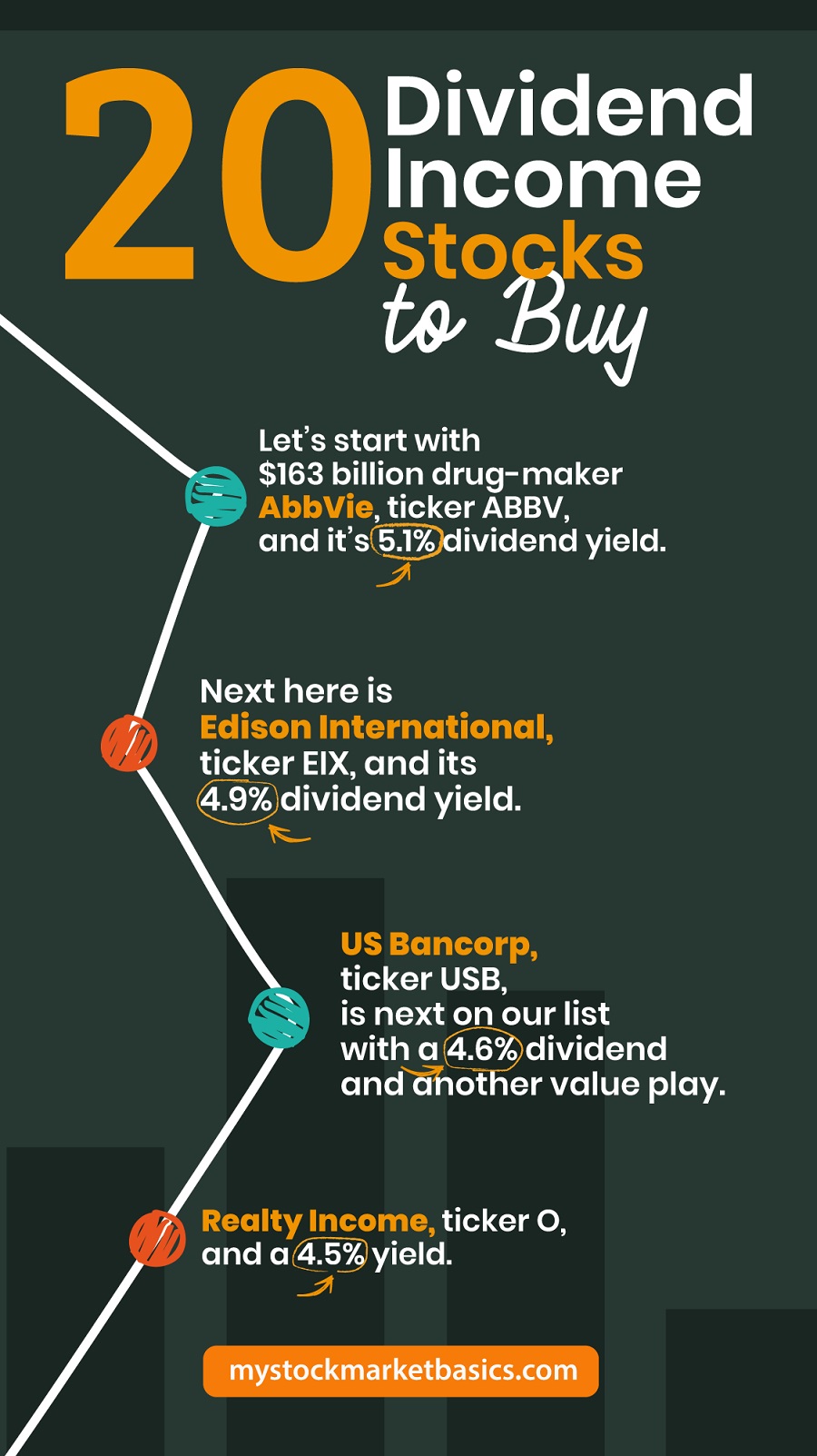
The key to a successful Forex trading strategy involves choosing the right lot size. You will be able to keep a steady position and protect your capital by choosing the right lot size. Don't put your money at risk.
When making your decision, consider many factors such as how much risk you are willing to accept, the amount of capital available and your target position size. Your broker can help decide the right size account. A lot size calculator is also available to determine the correct size.
The currency pair in which you are trading determines the best size account. A EUR/USD pair has a standard lot size of 100,000 units. This is equivalent in value to 112,000 US dollar. You can increase the size of your position by increments of one or two lots, depending on your broker. A smaller position size might be advisable if you trade a currency pair with high volatility.

Mini lots are the smallest lot size that can be used to trade a currency pair. They are equivalent to approximately 10,000 units of base currency. The nano lot, which is equivalent to approximately 112 units, comes in second. The right lot size will help you minimize your risk and maximize your profits.
Micro lots are a great option for beginners. These micro lots can be used by beginning forex traders to help them gradually build up their trading. You might consider buying a nanolot if you are a professional trader.
You can choose the right lot size by making sure you understand what you are doing. You can use a lot size calculator to calculate the size of your trades and determine if you are optimizing your chances of success. Using a lot size calculator can also help you recover from losses. The calculator will allow you to calculate how much damage your account would suffer if a trade is lost. It will also help you determine the best methods to increase your account's balance.
Choosing the right lot size for your account is a key component in a good forex trading strategy. You can maintain a consistent position while protecting your capital with the right lot size. Your broker can help decide the best account size. You can also use the best lot size calculator to determine the appropriate size. You don't want your money to be risked more than you can handle. You also don't want to trade a small profit target with a large lot size.

There are many calculators available, but it doesn't take long to find the one that is right for you. Many forex brokers provide position size calculators. For example, BabyPips as well as Investing. There are many websites that offer position size calculators at no cost, such as Investing. The most suitable calculator for you trade is the one that suits your trading style and requirements.
FAQ
What is a Stock Exchange?
Companies sell shares of their company on a stock market. Investors can buy shares of the company through this stock exchange. The market decides the share price. It is often determined by how much people are willing pay for the company.
Investors can also make money by investing in the stock exchange. Investors are willing to invest capital in order for companies to grow. Investors purchase shares in the company. Companies use their money as capital to expand and fund their businesses.
A stock exchange can have many different types of shares. Some are known simply as ordinary shares. These are the most popular type of shares. Ordinary shares are traded in the open stock market. Stocks can be traded at prices that are determined according to supply and demand.
There are also preferred shares and debt securities. When dividends are paid out, preferred shares have priority above other shares. These bonds are issued by the company and must be repaid.
What's the difference between the stock market and the securities market?
The entire list of companies listed on a stock exchange to trade shares is known as the securities market. This includes stocks, options, futures, and other financial instruments. Stock markets can be divided into two groups: primary or secondary. The NYSE (New York Stock Exchange), and NASDAQ (National Association of Securities Dealers Automated Quotations) are examples of large stock markets. Secondary stock exchanges are smaller ones where investors can trade privately. These include OTC Bulletin Board Over-the-Counter (Pink Sheets) and Nasdaq ShortCap Market.
Stock markets have a lot of importance because they offer a place for people to buy and trade shares of businesses. It is the share price that determines their value. New shares are issued to the public when a company goes public. Dividends are received by investors who purchase newly issued shares. Dividends are payments made by a corporation to shareholders.
Stock markets serve not only as a place for buyers or sellers but also as a tool for corporate governance. Boards of Directors are elected by shareholders and oversee management. Boards make sure managers follow ethical business practices. If a board fails in this function, the government might step in to replace the board.
How are securities traded
The stock exchange is a place where investors can buy shares of companies in return for money. Shares are issued by companies to raise capital and sold to investors. Investors then sell these shares back to the company when they decide to profit from owning the company's assets.
Supply and demand are the main factors that determine the price of stocks on an open market. The price goes up when there are fewer sellers than buyers. Prices fall when there are many buyers.
There are two ways to trade stocks.
-
Directly from the company
-
Through a broker
What is a Reit?
A real-estate investment trust (REIT), a company that owns income-producing assets such as shopping centers, office buildings and hotels, industrial parks, and other buildings is called a REIT. They are publicly traded companies which pay dividends to shareholders rather than corporate taxes.
They are similar to a corporation, except that they only own property rather than manufacturing goods.
What is the distinction between marketable and not-marketable securities
The key differences between the two are that non-marketable security have lower liquidity, lower trading volumes and higher transaction fees. Marketable securities on the other side are traded on exchanges so they have greater liquidity as well as trading volume. You also get better price discovery since they trade all the time. But, this is not the only exception. For instance, mutual funds may not be traded on public markets because they are only accessible to institutional investors.
Marketable securities are more risky than non-marketable securities. They generally have lower yields, and require greater initial capital deposits. Marketable securities are usually safer and more manageable than non-marketable securities.
For example, a bond issued in large numbers is more likely to be repaid than a bond issued in small quantities. This is because the former may have a strong balance sheet, while the latter might not.
Marketable securities are preferred by investment companies because they offer higher portfolio returns.
How are Share Prices Set?
Investors decide the share price. They are looking to return their investment. They want to make money with the company. They buy shares at a fixed price. If the share price increases, the investor makes more money. If the share value falls, the investor loses his money.
An investor's main goal is to make the most money possible. This is why investors invest in businesses. They can make lots of money.
Statistics
- US resident who opens a new IBKR Pro individual or joint account receives a 0.25% rate reduction on margin loans. (nerdwallet.com)
- Our focus on Main Street investors reflects the fact that American households own $38 trillion worth of equities, more than 59 percent of the U.S. equity market either directly or indirectly through mutual funds, retirement accounts, and other investments. (sec.gov)
- Individuals with very limited financial experience are either terrified by horror stories of average investors losing 50% of their portfolio value or are beguiled by "hot tips" that bear the promise of huge rewards but seldom pay off. (investopedia.com)
- Even if you find talent for trading stocks, allocating more than 10% of your portfolio to an individual stock can expose your savings to too much volatility. (nerdwallet.com)
External Links
How To
How to Trade in Stock Market
Stock trading refers to the act of buying and selling stocks or bonds, commodities, currencies, derivatives, and other securities. Trading is a French word that means "buys and sells". Traders are people who buy and sell securities to make money. This type of investment is the oldest.
There are many options for investing in the stock market. There are three basic types: active, passive and hybrid. Passive investors do nothing except watch their investments grow while actively traded investors try to pick winning companies and profit from them. Hybrid investor combine these two approaches.
Index funds track broad indices, such as S&P 500 or Dow Jones Industrial Average. Passive investment is achieved through index funds. This approach is very popular because it allows you to reap the benefits of diversification without having to deal directly with the risk involved. All you have to do is relax and let your investments take care of themselves.
Active investing involves selecting companies and studying their performance. Active investors will analyze things like earnings growth rates, return on equity and debt ratios. They also consider cash flow, book, dividend payouts, management teams, share price history, as well as the potential for future growth. They then decide whether they will buy shares or not. They will purchase shares if they believe the company is undervalued and wait for the price to rise. They will wait for the price of the stock to fall if they believe the company has too much value.
Hybrid investing blends elements of both active and passive investing. One example is that you may want to select a fund which tracks many stocks, but you also want the option to choose from several companies. In this instance, you might put part of your portfolio in passively managed funds and part in active managed funds.